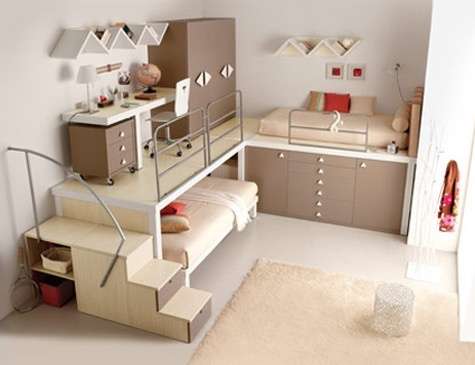The quest for perfect master bedroom interior design images often leads us down a rabbit hole of perfectly staged rooms, immaculate bedding, and unrealistic expectations. While these curated visuals can provide inspiration, they rarely capture the true essence of a personalized and functional sanctuary. Instead of blindly chasing these master bedroom interior design images, let’s delve into the core principles that create a truly restorative and beautiful space, one that reflects your individual style and meets your unique needs. We’ll explore elements beyond the superficial, focusing on creating a haven that promotes relaxation, rejuvenation, and a sense of well-being.
Understanding Your Personal Style and Needs
Before you even begin scrolling through countless images, take some time to reflect on your personal style. What colors make you feel calm and happy? What textures do you find comforting? Do you prefer a minimalist aesthetic or a more layered and eclectic look? Consider your daily routines and how your bedroom can best support them. Do you need a dedicated reading nook? Ample storage space? A serene space for meditation or yoga? Understanding your individual needs will guide your design choices and ensure that your bedroom is not only visually appealing but also highly functional.
Color Palette and Mood
- Cool Tones: Blues, greens, and purples can create a calming and serene atmosphere.
- Warm Tones: Reds, oranges, and yellows can evoke feelings of warmth and energy, but should be used sparingly in a bedroom.
- Neutrals: Grays, beiges, and whites provide a versatile backdrop that can be easily accessorized with pops of color.
Creating a Functional and Relaxing Space
The layout of your master bedroom plays a crucial role in its overall functionality and ambiance. Consider the placement of your bed, bedside tables, and other furniture to ensure a smooth and comfortable flow. Minimize clutter and distractions to create a more peaceful and relaxing environment. Invest in comfortable bedding, blackout curtains, and other elements that promote restful sleep. Proper lighting is also essential. Incorporate a combination of ambient, task, and accent lighting to create a warm and inviting atmosphere.
Furniture Placement Tips
- Position your bed away from the door to create a sense of security.
- Use bedside tables to provide convenient storage and surface space for lamps, books, and other essentials.
- Consider adding a comfortable chair or chaise lounge to create a dedicated reading or relaxation area.
Finding inspiration can be as simple as looking around your home or reflecting on your experiences traveling. Consider what makes you happy, and then incorporate that into your design. Perhaps the colors of your favorite vacation spot or the textures of a cozy blanket. The true beauty of master bedroom interior design images should not be about copying, but rather about sparking your own creativity.
Beyond the Images: Creating Your Own Sanctuary
Ultimately, the best master bedroom interior design goes beyond simply replicating images you find online. It’s about creating a space that is truly your own, one that reflects your personality, meets your needs, and promotes a sense of well-being. Master bedroom interior design images can be a great starting point, but remember to focus on the principles of good design, functionality, and personal style to create a sanctuary that you’ll love for years to come.
ADDING PERSONAL TOUCHES AND FINISHING DETAILS
Once the foundational elements are in place, it’s time to add personal touches that will truly make the space your own. This is where you can incorporate artwork, photographs, and other cherished items that reflect your personality and interests. Consider adding a gallery wall featuring your favorite prints or creating a vignette on a dresser or shelf with personal mementos. Don’t be afraid to experiment with different textures and patterns to add visual interest and depth to the room. A well-placed rug, a cozy throw blanket, or decorative pillows can instantly elevate the look and feel of your bedroom.
SELECTING ART AND ACCESSORIES
– Choose artwork that resonates with you and complements the overall color scheme of the room.
– Incorporate personal photographs to create a sense of nostalgia and connection.
– Use decorative objects to add visual interest and personality to your shelves and surfaces.
MAINTAINING A CALM AND ORGANIZED SPACE
Even the most beautifully designed master bedroom can lose its appeal if it’s cluttered and disorganized. Implement storage solutions that will help you keep your belongings neatly tucked away. Consider investing in a dresser with ample drawer space, a closet organizer system, or storage ottomans that can double as seating. Make it a habit to declutter your bedroom regularly and put things back in their place. A clean and organized space will promote a sense of calm and relaxation, making your master bedroom a true sanctuary.
STORAGE AND ORGANIZATION IDEAS
– Utilize under-bed storage containers to maximize space.
– Install shelving units to display books and decorative items.
– Use baskets and bins to organize smaller items in drawers and closets.
Ultimately, the best master bedroom design is one that evolves with you over time. Don’t be afraid to make changes and adjustments as your needs and preferences change. Experiment with different layouts, colors, and accessories until you find a combination that truly reflects your personal style and creates a space that you love to retreat to each and every day.







